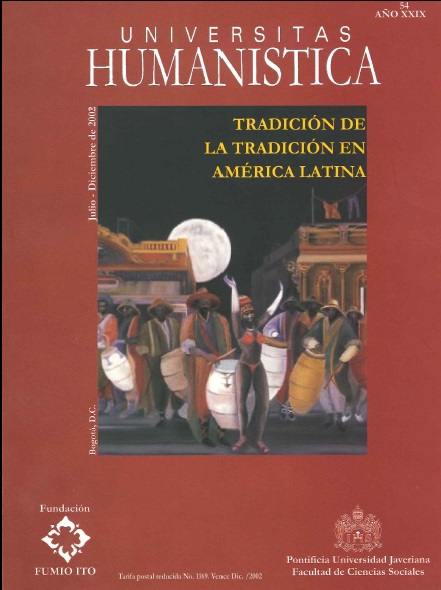Abstract
En este artículo estudio algunos aspectos de la modernidad en América Latina, concretamente en Buenos Aires entre 1898 y 1910, a través de la revista argentina Caras y caretas. Esta publicación semanal, que se prolongó hasta 1939, impactó definitivamente el periodismo de ese país y también a los lectores de buena parte del continente. La naciente sociedad de masas; la creciente inmigración, que llegaba especialmente a Buenos Aires y que transformó el paisaje urbano, cultural y social; el avance de la propaganda y el desarrollo el mercado, son fenómenos que se ven en las páginas de esta revista de variedades. La naciente clase media consumió incansablemente esta publicación, pues a ella iba dirigida, y a ella representaba, aunque se ocupaba también de mostrar a la burguesía, sin olvidar a los otros (inmigrantes, clase obrera, marginados, otros raciales).
Es la tesis de mi investigación que la modernidad en la Argentina está vista por esos años como una fiesta: gran banquete de la burgesía, al cual también está invitada la clase media, y que está servido por la heterogénea clase trabajadora. A veces esa fiesta se vuelve salvaje y expresa en formas de rebelión tales como las manifestaciones anarquistas, estudiantiles, etc. Es así que la metáfora de la fiesta como visión optimista del futuro, alentado por la meta-mito del progreso es también la metáfora del cambio sociales que promueven ciertos agentes sociales del momento.

This journal provides immediate open access to its content on the principle that making research freely available to the public, encourages greater global exchange of knowledge.
The journal Universitas Humanística is registered under a Creative Commons Attribution 4.0 International Public License. Thus, this work may be reproduced, distributed, and publicly shared in digital format, as long as the names of the authors and Pontificia Universidad Javeriana are acknowledged. Others are allowed to quote, adapt, transform, auto-archive, republish, and create based on this material, for any purpose (even commercial ones), provided the authorship is duly acknowledged, a link to the original work is provided, and it is specified if changes have been made. Pontificia Universidad Javeriana does not hold the rights of published works and the authors are solely responsible for the contents of their works; they keep the moral, intellectual, privacy, and publicity rights.
Approving the intervention of the work (review, copy-editing, translation, layout) and the following outreach, are granted through an use license and not through an assignment of rights. This means the journal and Pontificia Universidad Javeriana cannot be held responsible for any ethical malpractice by the authors. As a consequence of the protection granted by the use license, the journal is not required to publish recantations or modify information already published, unless the errata stems from the editorial management process. Publishing contents in this journal does not generate royalties for contributors.


